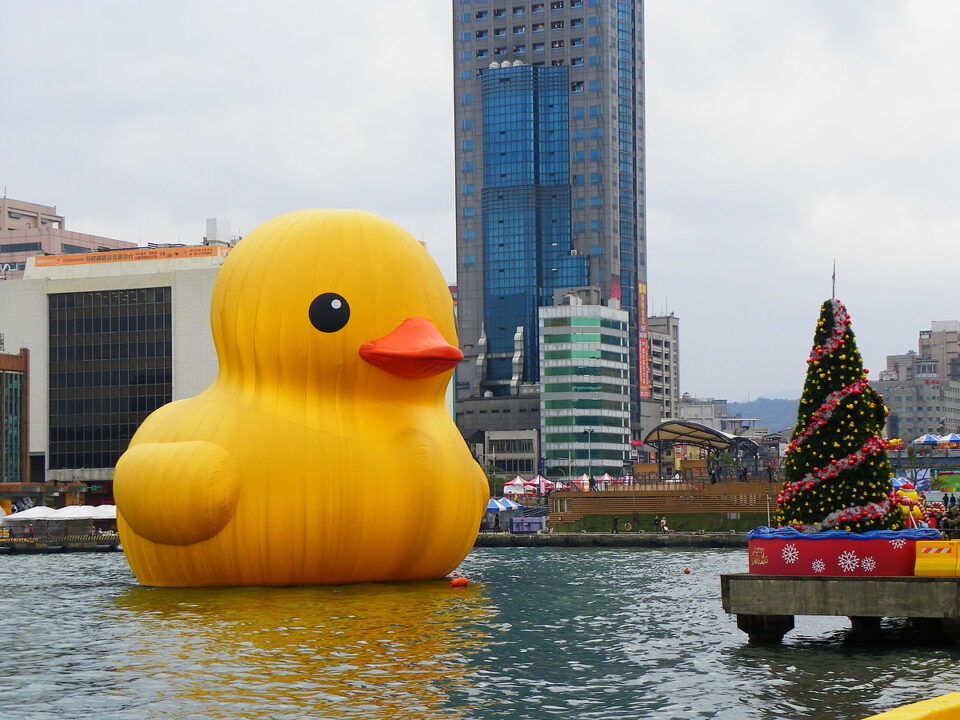This week marks the unofficial begin of the season of the winter holidays around the world. While “winter holidays” means different things to different cultures, different celebrations, and different traditions, the winter holidays also remind us of the common culture of ‘swim’ around the world.
The winter holiday season is a distinct time of year in swimming. In the modern world of the sport, the pattern involves a championship meet – but not a season-ending championship meet – followed by a period of heavy training.
From late December through January, there is about a six week block where almost the entire world of swimming is buckled down in its heaviest training period of the year. The breaks afforded by schools and a general lack of meets affords the ability to focus on training in anticipation of the spring championship season ahead.
The holidays also come with unique challenges. Family demands around the holiday season add a certain level of stress and required appearances that can put training outside of athletes’ and coaches’ control. This results in one of swimming’s great winter traditions: begging, borrowing, and stealing pool space to sneak in some training amid family vacations and other holiday travel.
But after the COVID-19 pandemic, I think there’s also room for a new perspective on holiday training. Different schedules run on different cycles and result in different demands, but amid the COVID-19 pandemic, we learned about the value of breaks, and different ways that athletes can engage. Swimmers who were relegated to months of dryland workouts came back to the pool and started crushing best times. Can a Texas high school swimmer, who is targeting a late-January championship season, afford a whole week out of the pool while on vacation in Cancun? Probably not. Can a European swimmer targeting an April qualifier for next summer’s World Championships, or a YMCA swimmer targeting April’s national championship meet, take a few days out of the pool while visiting family? Maybe there’s room for those attitudes to shift from 10 or 20 years ago, where a few days off around the holidays were treated as an erasure to the previous three months of work.
But as we leave room for mental health and rest and recovery, I think there’s still value in keeping some of these traditions alive, because they are the things that make our sport special. So maybe the new tradition is about balance.
Visiting your grandparents? Hop in with the local club team on a visitor exchange – you might make some new friends, learn some new things, and try a different kind of training. But maybe you just focus on one full-bore practice instead of trying to sneak in doubles with an unfamiliar team.
Traveling to a different country? Get in some dryland workout in the hotel gym, go for a run on the beach, try an ocean swim (safety first!) or tread some water in the deep end of the hotel pool. Coaches, among your holiday doubles or triples, look for ways to add some engagement to those extra meters. Do circuits, run an educational program to teach your athletes something new, fit in some cross training, or experiment with a Jason Pullano gamified workout.
More than many other sports, tradition can be what binds generations of swimmers together, what bonds teammates, and what frames the hours back-and-forth staring at the black line. But that doesn’t mean there isn’t room for these traditions to evolve.
The new tradition is about enjoying your holiday training as much as you enjoy your holiday break, and vice-versa.
So good luck at your championship meets, get after the hard work, make the most of your days off, get ready to rip 2023.

Trading caps is a perk of being a visiting swimmer! We have never been turned away from training with another club team while on vacation.
It was 34 degrees (93 F) yesterday. I guess Australia forgot that it’s winter “around the world”.
Only in the US 🙃
I woke up shaking and trembling because this is the first year there’s no 100×100 on 1:15
Over training sucks